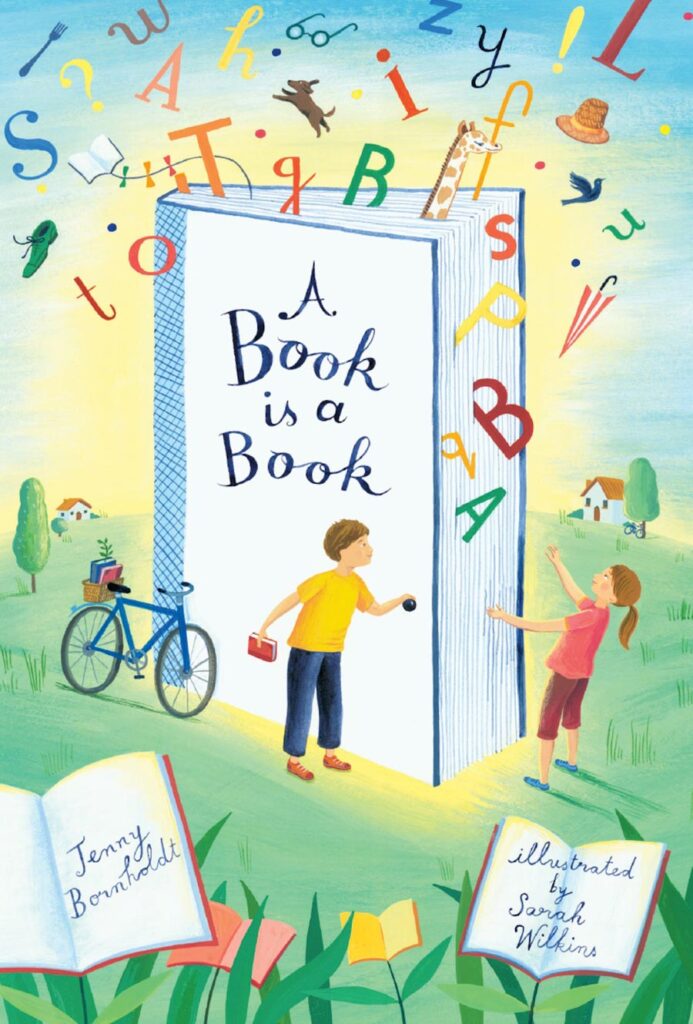Alom Shaha (text) and Sarthak Sinha (illustrator), How to find a rainbow (A Reena and Rekha story), Scribe Publications, January 2024, 32 pp., RRP $24.99 (hbk), ISBN 9781761380372
Find fun and intelligence with Mr Shaha’s science books created for kids that belong in any great library or learning space for young curious minds. How to Find a Rainbow is especially written for the younger learners with science facts revealed through their discovery with nature. Families, teachers and children of age group 3-7 will find this an interesting accurate story. The tale is a first in the Reena and Rekha series, as well as a first fable to be published from this author. Alom Shaha has been clever and creative in plotting Reena and Rekha’s journey into 30 pages, all while planting the science of rainbows in the young reader’s mind.
Readers begin by following a pair of lovable red panda siblings playing in the Himalayan mountains. The discovery of finding the colour spectrum together in the story is the moment of highest excitement. Through this discovery, their highlight is reinvented afterwards with an interactive hands-on experiment to make rainbows in the yard and capture the colour spectrum.
The learning opportunities haven’t finished at the end of this story book. Alom Shaha includes seven pages of valuable teaching notes and activity sheets on his author website. The re-appearing Rainbow experiment is my personal favourite. This activity starts with drawing a rainbow using the acronym ROY G BIV, placing the illustration inside a plastic bag, then watching the rainbow magically disappear and reappear inside the glass of water! Some photos of the magical experience happening have been captured and added here! Without describing too much science theory, I highly recommend using glass prisms to make more colour spectrums and science come to life in the yard.
Beyond the yard and the science of rainbows, there are some meaningful character profiles for readers to explore including family relationships, personal wellbeing, and animal conservation. Reena and Rekha are quite different personalities and their preferences are not the same, however their fascination with colours and rainbows connects them together in nature. More can be explored with relationships using Alom Saha’s teacher notes and some personal, reflective questioning. An analysis of the story’s characters may also lead into some future conservation science too. The red pandas are a declining species and they’ve reached an endangered status with the need for future protection.
The lovable red panda characters have a known habitat of tropical rainforest which Sarthak Sinha illustrates using washy, water colour and line work. The story characters are the focus of smaller detail found in the artwork and I was expecting to find the red pandas climbing up the trees somewhere in the Himalayas. The flora detail is not a centre of interest and readers won’t observe that. I can be sure that the bamboo trees are hiding as well. A feature I see more of in this illustrator’s artwork are mango trees. Sarthak Sinha’s solo book in 2023 titled Farah Loves Mangos! is all about the mango trees he knows.
There’s an artist’s skill used in How to Find A Rainbow that stays with readers and can’t be forgotten against the selection of earthy tones. The striking white detail highlights the light, water, wind and clouds in the pencil illustrations and that is a fantastic choice by Sarthak Sinha to illustrate the combination of weather conditions for finding a rainbow.
I’ll be looking out for the second book yet to come in this series of Reena and Rekha. Now that I am fond of the author, I’ll also be checking out his other titles, including Mr Shaha’s Recipes for Wonder and Mr Shaha’s Marvellous Machines.
Reviewed by Chantelle Ciccotosto








